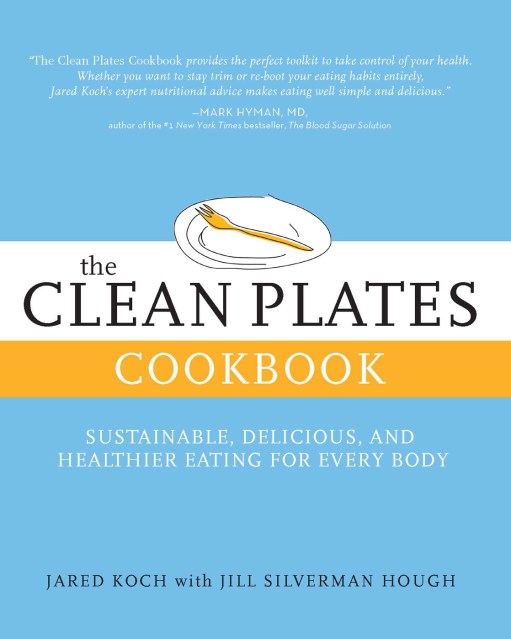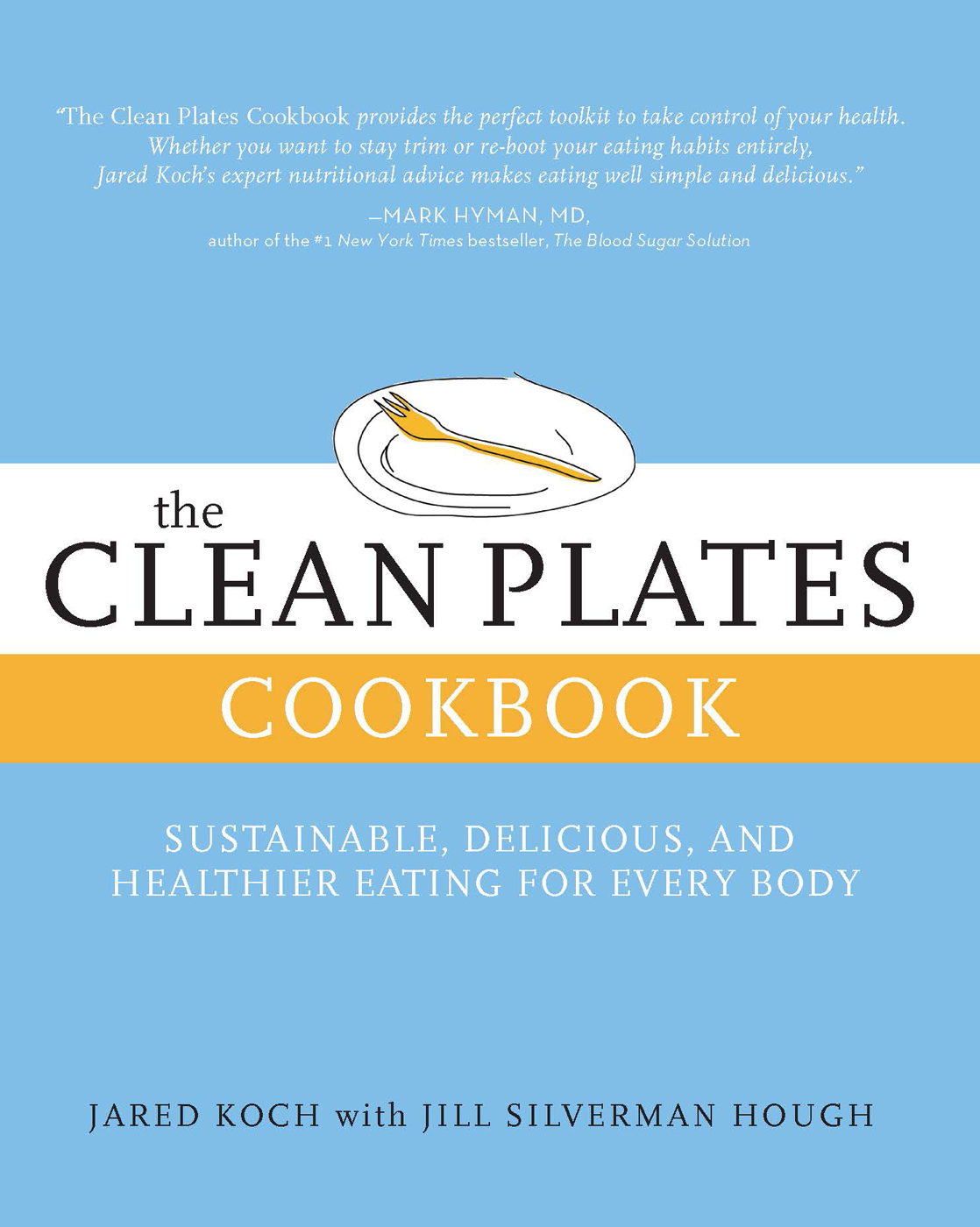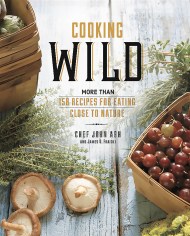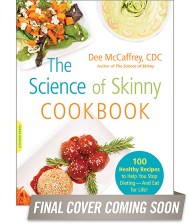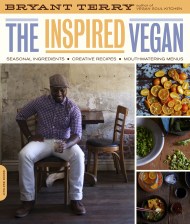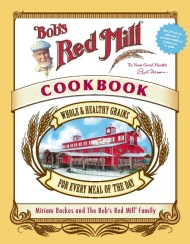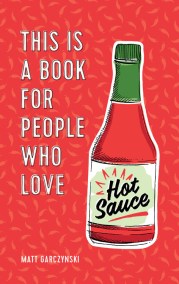Promotion
Use code MOM24 for 20% off site wide + free shipping over $45
The Clean Plates Cookbook
Sustainable, Delicious, and Healthier Eating for Every Body
Contributors
By Jared Koch
With Jill Silverman Hough
Formats and Prices
Price
$13.99Price
$17.99 CADFormat
Format:
ebook $13.99 $17.99 CADThis item is a preorder. Your payment method will be charged immediately, and the product is expected to ship on or around December 25, 2012. This date is subject to change due to shipping delays beyond our control.
Also available from:
Clean eating is anything but boring: recipes cover beverages, breakfasts, snacks, inventive entré, and desserts with things like Quinoa Carrot Muffins, Cracked Wheat Sushi, Wild Mushroom Gratin, Lamb Tikka Masala, and Cocoa Cherry Brownies.
Genre:
- On Sale
- Dec 25, 2012
- Page Count
- 240 pages
- Publisher
- Running Press
- ISBN-13
- 9780762446841
Newsletter Signup
By clicking ‘Sign Up,’ I acknowledge that I have read and agree to Hachette Book Group’s Privacy Policy and Terms of Use
